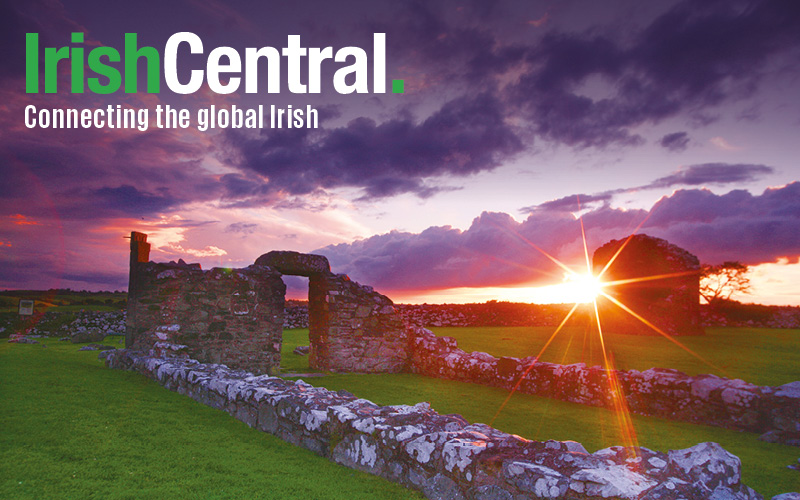Archaeologists in Galway have called on the Irish Government to conserve ancient heritage sites in Connemara that are under threat due to rising sea levels.
Hundreds of sites along the Cois Fharraige coastline are currently being eroded by rising sea levels, while a recent storm has uncovered an 8,000-year-old mesolithic site underneath a grassy mound.
Archaeologist Michael Gibbons said seashells discovered at the site were found to be almost 8,000 years old, making it the oldest monumental site in Connemara.
"This shell-mound has been dated to circa 6,550 BC, making it the earliest known site to have been dated on the west coast of Ireland," Gibbons told RTÉ News.
"The mound is known locally as An Toit Chonáin. Conán Maol was a member of the Fíanna and a famous comic figure in the early seanchas of Ireland, known for being vainglorious and boastful," he added.
"Toit is a dialect word for a feed of shellfish and, according to local lore, the mound marked the spot where Conán paused to empty his pocket after a particularly large meal."
Gibbons said the early settlers arrived in Connemara from Iberia, traveling through France and perhaps stopping in Britain on the way.
He said they had no cattle, sheep, or horses, adding that they would have been almost entirely dependent on shellfish. They also ate hazelnuts from a wooded landscape that previously existed in the area.
Gibbons also warned that the mound is in danger of vanishing due to storms on the west coast.
"We can see the damage in our lifetime. So the next big storms could see this whole mound vanish on us. This is the last fragment of this ancient Mesolithic landscape which has been destroyed by rising sea levels so it's crucial we preserve this hugely important part of our very early history," Gibbons told RTÉ News.
Other archaeologists the site and similar monuments are extremely vulnerable to the long-term effects of climate change and called for the conservation and excavation of the area to protect the west coast's cultural heritage.
Gibbons called for a coastal archaeology unit for Connacht and Ulster to be set up on the Atlantic coast, adding that far more damage takes place on the west coast.
"There are bigger energies, bigger storm surges," Gibbons said.
Gibbons added that a "fantastic survey" is taking place on Ireland's east coast and said he would like to see that replicated on the west coast.




Comments